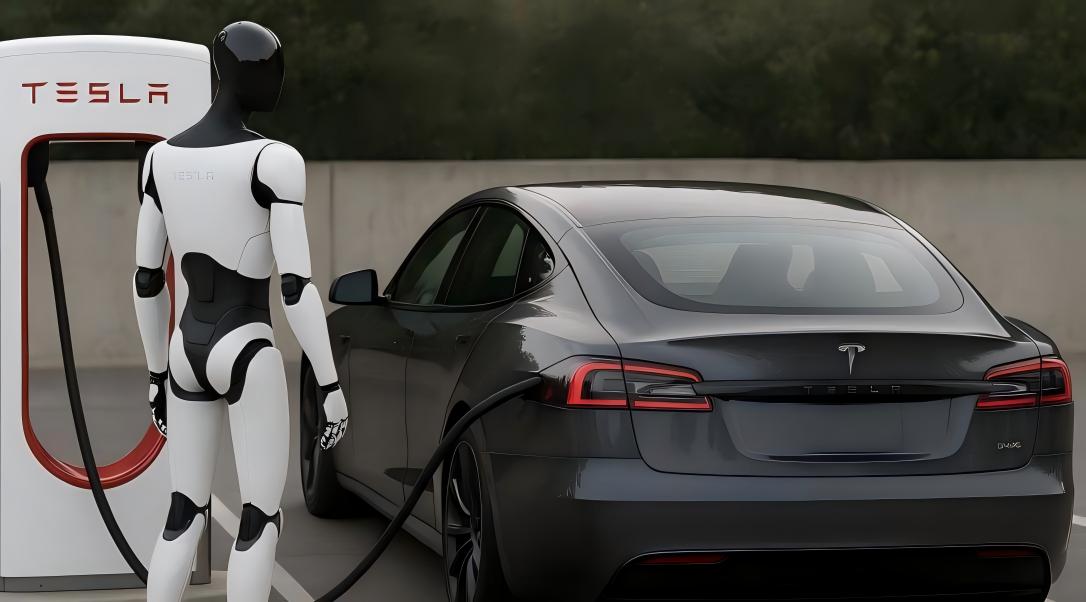跨界冒险还是战略远见?全球车企争夺智能化新赛道
在全球汽车产业加速迈向智能化与软件定义时代之际,一股跨界探索的潮流正在迅速重塑竞争格局。包括小鹏、特斯拉、小米、蔚来等在内的新兴车企,正从汽车制造延伸至机器人、飞行汽车、智能家居乃至太空科技,引发全球市场的持续关注。这一趋势并非“心血来潮”,而是基于对技术演进、产业结构变化以及资本逻辑的前瞻判断。
对于新势力而言,跨界的首要目标是构筑智能化核心技术壁垒。小鹏在工厂场景中测试人形机器人,特斯拉推动Dojo超算训练自动驾驶模型并计划让Optimus参与未来太空任务,而小米则通过HyperOS打造“人车家全生态”。这些探索旨在强化 AI 能力、提升多场景协同,并在激烈竞争中形成差异化优势。此外,跨界也是寻找增长第二曲线的重要路径。在盈利压力与市场饱和的现实下,布局软件订阅、能源服务和未来出行生态,有助于分散风险并提升企业估值的科技属性。
相比之下,传统车企则保持更强的“专注性”。宝马持续深耕驾驶体验与底盘工程,奔驰强化豪华舒适性,大众以渐进式方式推进软件与智能化转型。它们在硬件工艺、安全验证与供应链管理方面拥有深厚积累,因此更倾向于围绕主业进行稳健延伸,如吉利通过低轨卫星服务车联网、宝马以AI优化个性化驾驶体验等。这类布局旨在巩固现有护城河,降低组织转型风险。
然而,跨界并非没有代价。资源投入巨大导致财务压力上升,跨行业管理提升了复杂度,而诸如飞行汽车、Robotaxi等技术的商业化周期仍高度不确定。更关键的是,若跨界投入削弱了在汽车安全与质量方面的资源配置,可能动摇品牌根基,带来长期风险。
在行业智能化加速演进的背景下,“只造车”可能反而成为潜在风险。那些能够将跨界技术有效反哺汽车主业、并构建起可持续商业模式的企业,或将成为未来移动科技领域的主导力量;反之,跨界无度且缺乏战略节奏的品牌,则可能在激烈竞争中失去立足之地。
As the global automotive industry moves rapidly toward intelligent, software-defined mobility, cross-industry expansion has emerged as a defining trend reshaping competitive dynamics. Newcomers such as XPeng, Tesla, Xiaomi, and NIO are extending their reach from vehicle manufacturing into robotics, aerial mobility, smart-home ecosystems, and even space technologies—drawing heightened attention across international markets. Far from being impulsive experimentation, these moves reflect forward-looking assessments of technological evolution, structural shifts, and capital-market expectations.
For emerging EV players, cross-industry expansion serves primarily to build core intelligence capabilities. XPeng is testing humanoid robots in factory settings; Tesla’s Dojo supercomputer trains large-scale driving models as the company envisions future applications for Optimus in space missions; Xiaomi’s HyperOS integrates vehicles with phones and home devices under its “Human-Car-Home” ecosystem. These initiatives aim to strengthen AI pipelines, enable multi-scenario collaboration, and create differentiation in an increasingly competitive landscape. At the same time, expansion into new profit pools—software subscriptions, energy services, and future mobility ecosystems—helps mitigate market saturation and supports valuations that position these firms closer to technology companies than traditional automakers.
Legacy manufacturers, by contrast, remain more focused. BMW continues to refine driving dynamics through engineering depth, Mercedes-Benz centers on premium comfort, and Volkswagen is adopting a step-by-step approach to software transformation. Their accumulated expertise in mechanical engineering, safety validation, and global supply-chain operations makes them more inclined toward controlled, strategic extensions such as Geely’s low-orbit satellite network for vehicle connectivity or BMW’s AI-driven personalized driving functions. These moves aim to reinforce existing competitive moats while limiting organizational risk.
Cross-industry ambition, however, carries significant costs. Expanding into robotics, aerial mobility, or autonomous robotaxi platforms requires extensive investment, often intensifying financial pressure. Managing disparate technology fronts increases organizational complexity, and the commercialization timeline for many frontier concepts remains uncertain. More critically, excessive diversification may inadvertently weaken resources dedicated to core vehicle quality and safety—still the foundation of any automotive brand.As the industry enters a new phase defined by intelligence, connectivity, and user-centric ecosystems, “building cars only” may itself become a strategic liability. Companies capable of using cross-industry innovations to strengthen their automotive core and develop sustainable, scalable business models are likely to emerge as future mobility leaders—while those expanding without discipline risk losing competitive ground in the next decade.

